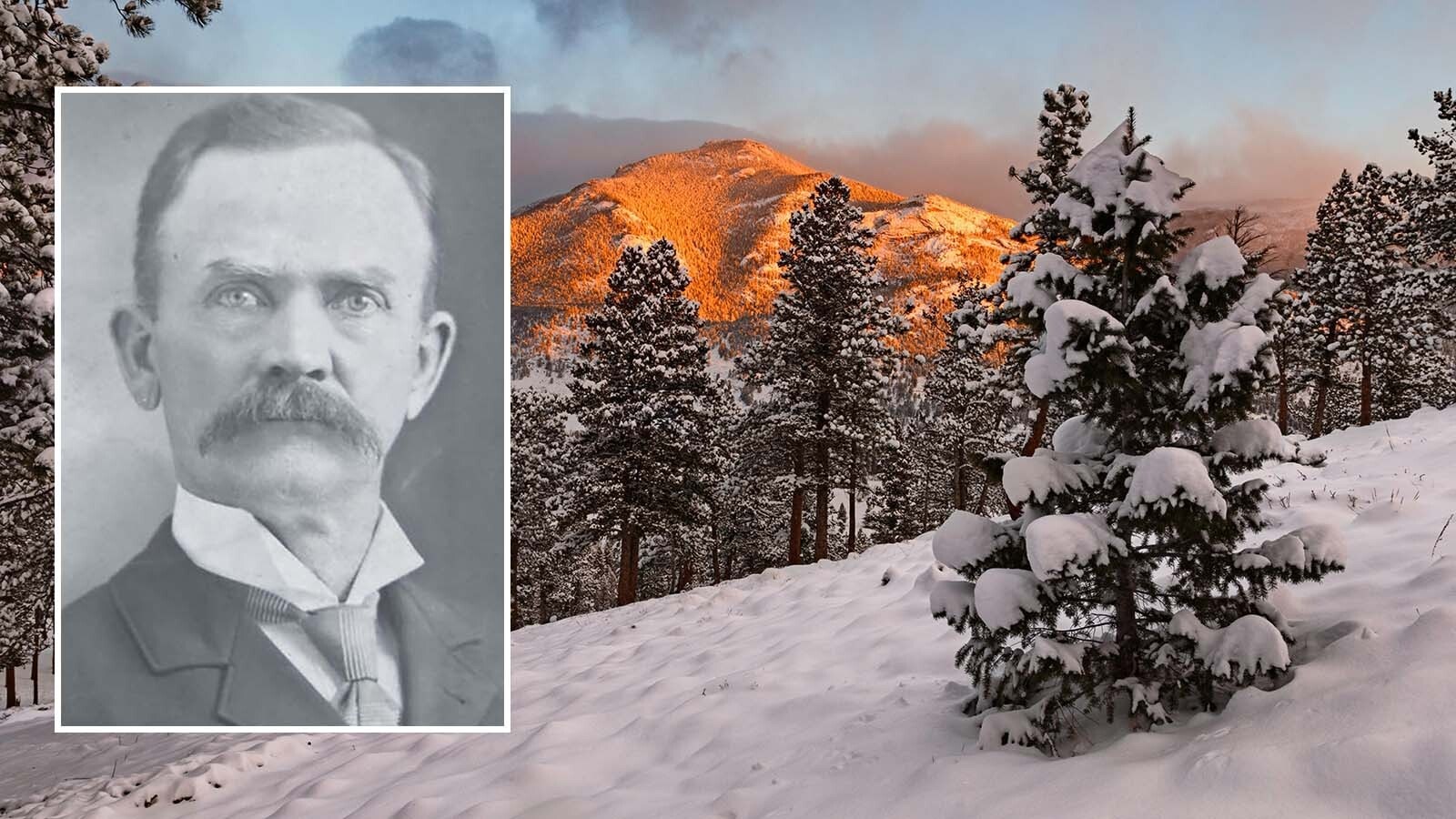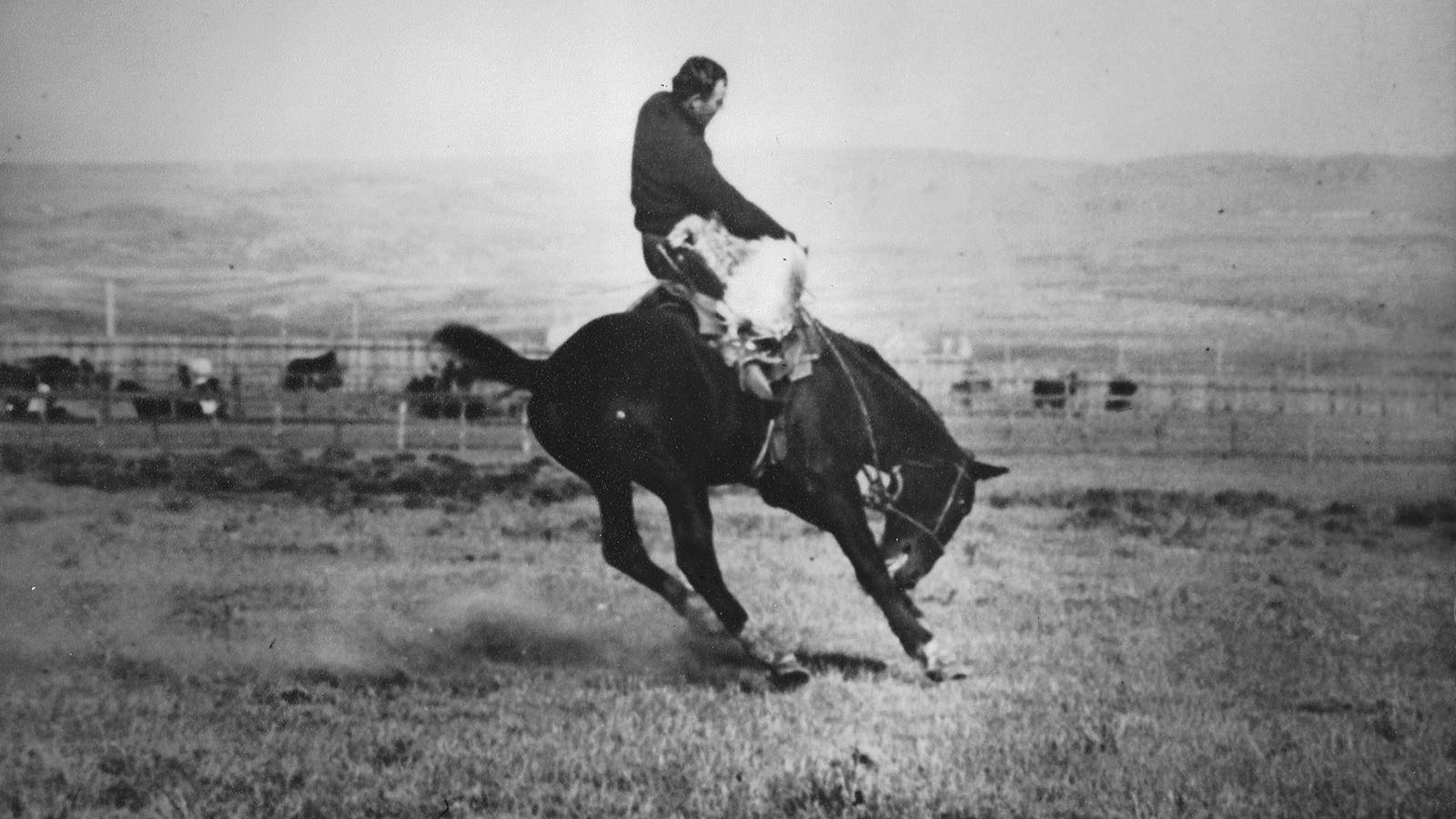Before they found work building the Central Pacific Railroad, Chinese laborers were already working in gold mining operations across the Intermountain West.
Gold mining in Idaho started in 1862 upon the discoveries by D. H. Fogus, George Grimes, and Moses Splawn in the Boise Basin. The population exploded as miners flocked to the region.
People and supplies reached the area over a series of rough roads coming in from the south and the Owyhee country, as well as from the west, where they traveled by steamboat up the Columbia River to such jumping off points as Wallula and Umatilla. They also came overland through the Baker Valley and along the Payette River to follow Harris Creek and then cross the divide into Boise Basin.
By 1863 four cities had sprung up: Idaho City, Centerville, Placerville, and Pioneer, with a combined population of nearly 15,000.
Gold miners took advantage of the rich lode, cleaning millions from the hills.
In the early years, only a few Chinese workers were in the region, most of them finding work as cooks. But some engaged in other opportunities. They had laundries and other businesses.
The early laundry operations in the Boise Basin towns of such men as Quong Hing, Sam Lee, Hop Ching, Fan Hop, and Song Lee gave way to other businesses as increasing numbers of Chinese entered the region. The Chinese merchants imported goods.
Eventually many of the Chinese men began making their living by mining when those who were more prosperous bought the older placer claims then put Chinese laborers to work at them.
As the Idaho World reported, by early October 1865, “between fifty and sixty Chinamen are reported to be at work on claims lately purchased by them on More’s creek, below the tollgate. This is the first gang, we believe, which has ventured into that line of business in this portion of the country.”
This re-working of the mines angered many “who thought the mines ought to be worked by white miners,” according to the Idaho World. Most of the white miners had moved on to other locations where they believed they would make more money and the Chinese miners were satisfied with a dollar or two in profit from a day’s digging.
In May 1869 the Central Pacific joined with the Union Pacific at Promontory, Utah. The completion of the railroad meant that goods could be hauled to Winnemucca, Nevada, and then hauled overland north to Idaho City and other Boise Basin towns.
This certainly helped the communities, but despite the availability of goods, the miners had already begun to move on. The 1870 census showed 2,158 residents in the same four cities that had populations of more than 15,000 just seven years earlier.
The population had shifted not just downward, but also ethnically. By 1870 the region’s population was almost half comprised of Chinese. They moved to the basin to take advantage of the remaining gold since they would work claims other miners had already abandoned.
Montana Gold Beckons
The white miners left the Boise Basin mining claims and traveled to newer diggings that had been found elsewhere in Idaho, but large numbers of miners headed to places like Alder Gulch in Montana, Territory.
That mining boom spawned Montana Territory. Before long Virginia City was the prominent town in the region and miners also built Nevada City. Those two areas are now historic sites with so many original buildings from the mining years that a visit makes you feel as if you have literally stepped back in time.
Both Nevada City and Virginia City give you a chance to not only learn about the mining and cultural history of the area, but also to experience it for yourself. The businesses in Virginia City are in their original 1864-era locations but most of the buildings in Nevada City were moved in from other areas.
You can pan for gold in Virginia City, walk the streets and on weekends, and some other times during the summer, meet “historical” characters who help bring the historic district to life. You can attend a melodrama or theatrical performance or hear some music—either country or perhaps blues—at the Bale of Hay Saloon, shop at Rank’s Mercantile and the other shops of Virginia City that offer 19th century style of goods.
Chinese miners followed the vanguard to Montana after the 1864 gold strikes, and they found work in Virginia City, Nevada City, and farther north in Butte.
In Butte at the World Museum of Mining has dozens of original and replica buildings as part of “Hell Roaring Gulch” including a Chinese laundry.
Just as Chinese workers who helped construct the Central Pacific Railway eventually found jobs working in mining operations in the Boise Basin, so did those who found work on the Union Pacific Railroad find opportunity in end-of-tracks towns along that line.
Hundreds of Chinese men would eventually work in mines in Wyoming Territory, but for the most part they mined for coal, not gold as they had done in Idaho and Montana.
Candy Moulton can be reached at: Candy.L.Moulton@gmail.com





